
Powering Electronics: Heating Films' New Era
Unveiling the Present Scenario, Diverse Applications, and Forthcoming Trends in the Electronic and Electrical Sphere
I. Introduction
In the highly competitive and perpetually innovative landscape of the electronic and electrical industry, heating films have emerged as a prominent and indispensable component. They proffer unique and efficacious heating solutions that are integral to the functionality and performance augmentation of a diverse array of electronic and electrical apparatuses.
II. Current Application Status of Heating Films in the Electronic and Electrical Industry
(A) Smartphone and Tablet Heat Dissipation
As the puissance and multifunctionality of smartphones and tablets burgeon, heat generation has metamorphosed into a paramount concern. Heating films are strategically deployed within these devices to effectuate efficient heat dissipation. Typically, they are affixed to the posterior or internal constituents of the device, with the express purpose of conducting heat away from the heat-emitting elements such as the processor and battery. The meticulously engineered design and precise placement of the heating film ensure that heat is uniformly distributed and dissipated, thereby precluding overheating, which could otherwise precipitate performance degradation or even inflict damage upon the device. For instance, certain high-end smartphones harness graphene-based heating films, renowned for their preeminent thermal conductivity, which can expeditiously transfer heat to the outer casing for dissipation.
(B) LCD and OLED Display Heating
In frigid environs, the performance of LCD and OLED displays can be detrimentally affected. Heating films are incorporated into the display modules to uphold the optimal operational temperature. They possess the acumen to precisely govern the temperature of the display panel, thereby guaranteeing clear and stable image quality. This is of particular significance for outdoor electronic devices such as digital signage and handheld navigation devices. The heating film can activate autonomously when the ambient temperature descends below a specific threshold and modulate the heating power in accordance with the actual temperature differential, thereby safeguarding the normal operation of the display.
(C) Household Appliance Temperature Control
A plethora of household appliances also enlist the services of heating films. In electric ovens, for example, the heating film is harnessed to engender uniform heat for baking and cooking. The temperature control of the heating film is characterized by a high degree of accuracy, affording users the capacity to precisely set the desired cooking temperature. In coffee makers, heating films are utilized to heat the water to the consummate brewing temperature. They can promptly heat the water and maintain a stable temperature throughout the brewing process, thereby ensuring the extraction of the optimal flavor from the coffee beans. This level of precision in temperature control is pivotal for attaining consistent and high-quality outcomes in a gamut of household appliance applications.
III. Future Development Space and Prospects of Heating Films in the Electronic and Electrical Industry
(A) Technological Advancements
1.Microscopic and Ultra-Thin Designs: Future iterations of heating films are poised to become even more diminutive and ultrathin. This will capacitate their seamless integration into smaller and more compact electronic components, without commandeering excessive spatial real estate. For instance, in wearable electronics such as smartwatches and fitness trackers, ultrathin heating films could be enlisted to supply heat to cold-sensitive sensors or to enhance user comfort during cold weather utilization.
2.Self-Regulating and Adaptive Heating: Heating films will be endowed with advanced self-regulating and adaptive faculties. They will be able to sense temperature fluctuations in the ambient environment and the device itself in real-time and automatically calibrate the heating power. This will not only enhance the energy efficiency of the device but also fortify its reliability and longevity. For example, in a laptop computer, the heating film could modulate its heating output predicated on the workload of the processor and the ambient temperature, thereby ensuring optimal performance and precluding overheating.
3.Enhanced Thermal Conductivity Materials: The pursuit of novel materials with superlative thermal conductivity will be a cardinal focus. These materials will be harnessed to fabricate heating films that can transfer heat with enhanced efficiency. For example, research into carbon nanotube-based heating films evinces prodigious potential. They could substantially augment the heat transfer rate, permitting more expeditious heating and superior temperature control in electronic devices
(B) Expansion of Application Areas
1.Medical and Healthcare Electronics: Heating films could pioneer novel applications in medical and healthcare electronics. In portable medical devices such as blood glucose meters and electrocardiogram monitors, for example, heating films could be employed to maintain the temperature of the sample or the contact area with the skin, thereby ensuring accurate readings. In heating pads and therapeutic devices, the more precise temperature control proffered by heating films could potentiate the treatment efficacy and user comfort.
2.Electric Vehicle Charging Equipment: With the meteoric growth of the electric vehicle market, heating films could be applied to electric vehicle charging equipment. They could be utilized to heat the charging cable and connectors during cold weather to ensure proper charging performance. Additionally, heating films could also be deployed to maintain the temperature of the battery management system components in the charging station, thereby enhancing the overall efficiency and reliability of the charging process.
3.5G and Internet of Things (IoT) Devices: In 5G and IoT devices, where power consumption and heat generation are salient concerns, heating films could assume a crucial role. They could be harnessed to manage the heat generated by high-frequency antennas and chipsets. Moreover, in IoT sensors deployed in austere environments, heating films could ensure the normal operation of the sensors by maintaining the appropriate temperature, thereby broadening the application scenarios of IoT technology.
(C) Market Growth and Industry Collaboration
1.Increasing Market Demand: As the electronic and electrical industry continues to expand and diversify, the market demand for heating films is projected to escalate. Consumers are increasingly clamoring for high-performance and reliable electronic devices, and heating films can be instrumental in fulfilling these desiderata. This will impel the growth of the heating film market and incentivize manufacturers to augment their investment in research and development.
2.Collaboration between Different Sectors: The evolution of heating films in the electronic and electrical industry will necessitate more intimate collaboration among disparate sectors. Material scientists, electronics engineers, and device manufacturers will need to coalesce to pioneer novel heating film technologies and integrate them into sundry electronic and electrical products. Additionally, the synergy between academia and industry will be quintessential for fostering innovation and grooming the next generation of professionals in this domain.
3.Global Market Expansion: The global footprint of the electronic and electrical industry presents opportunities for heating films to permeate international markets. Manufacturers will need to adapt their products to comport with the diverse standards and requirements of various regions. Concomitantly, they will need to formulate efficacious marketing and distribution strategies to promote the adoption of heating films in different countries and cultures.
In summation, heating films possess a capacious and sanguine future in the electronic and electrical industry. Their professional and precise heating competencies will ceaselessly catalyze innovation and enhance the performance and functionality of electronic and electrical devices, thereby unfurling novel vistas for the industry's progression.
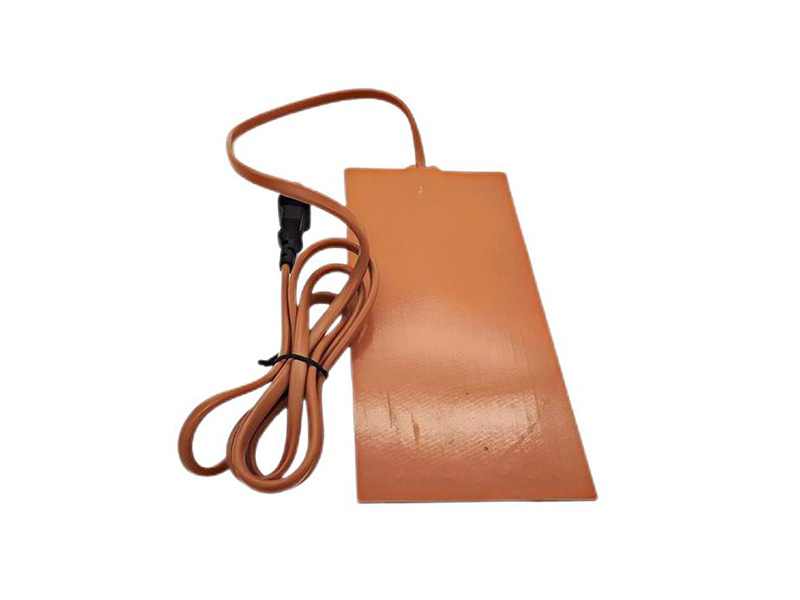
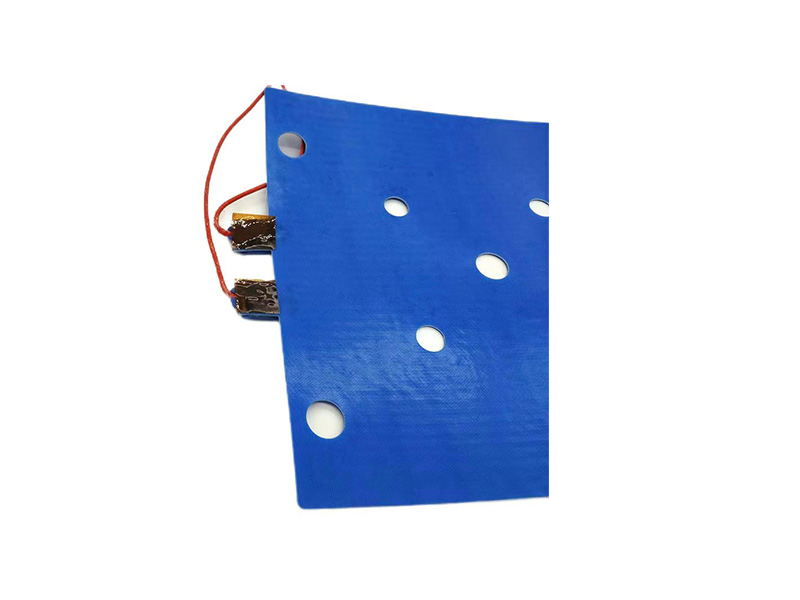

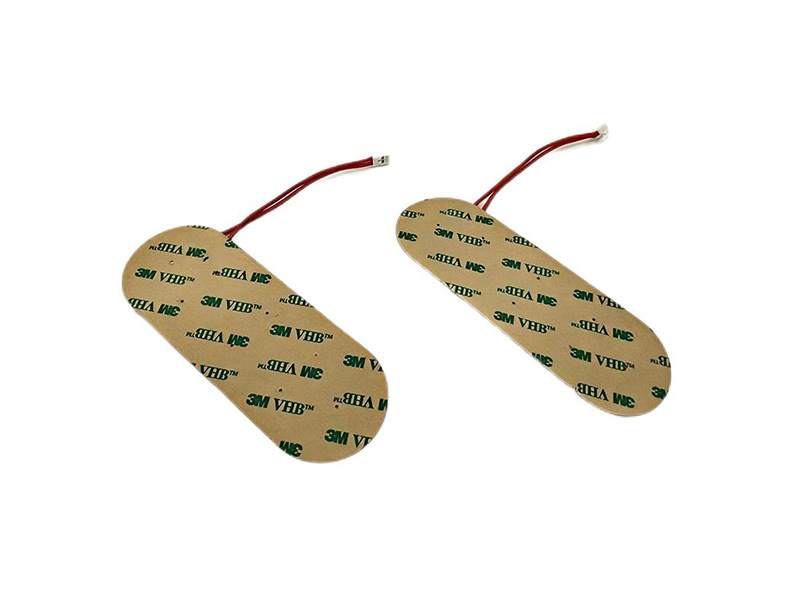
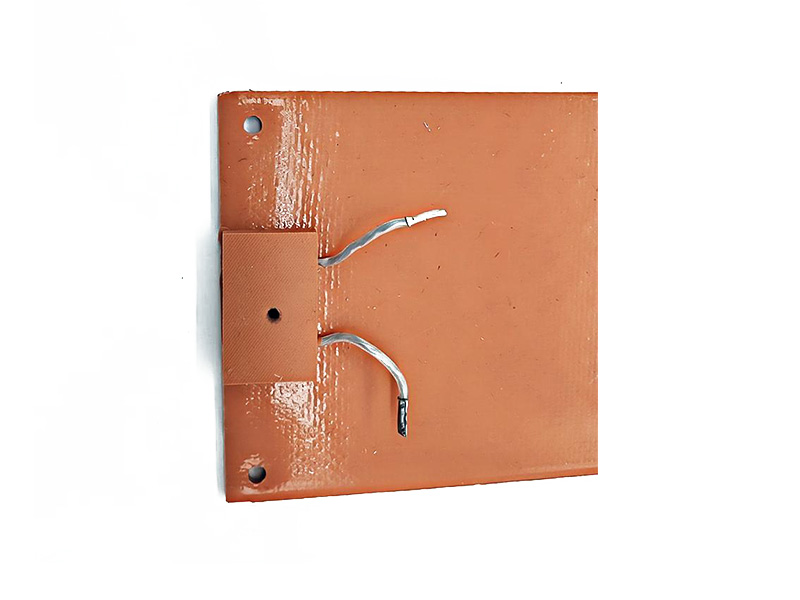
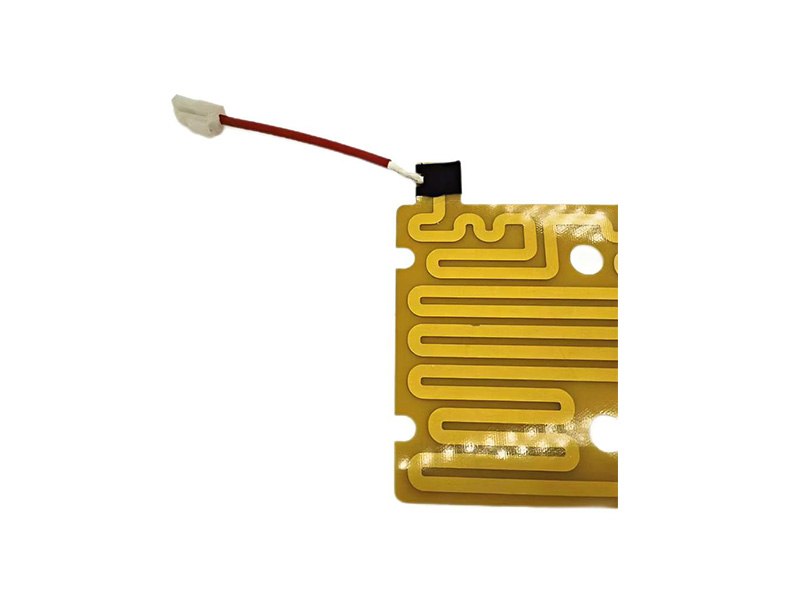
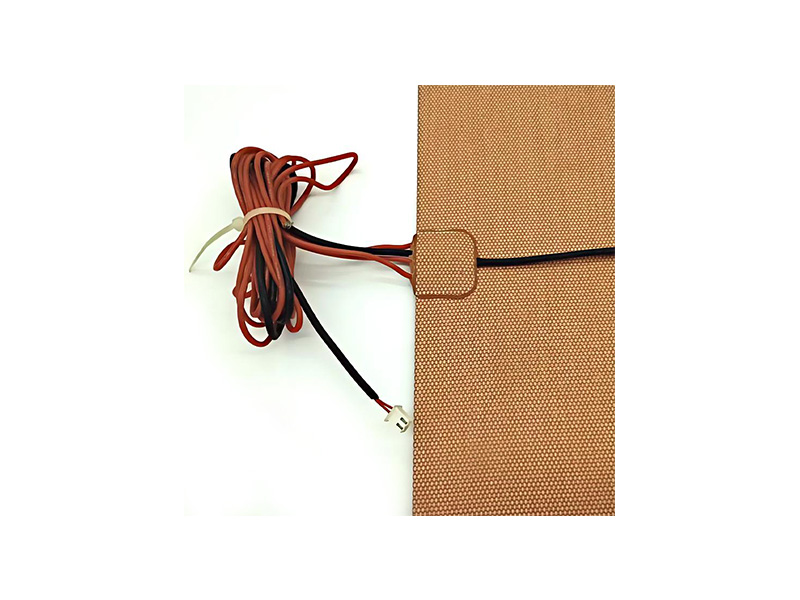
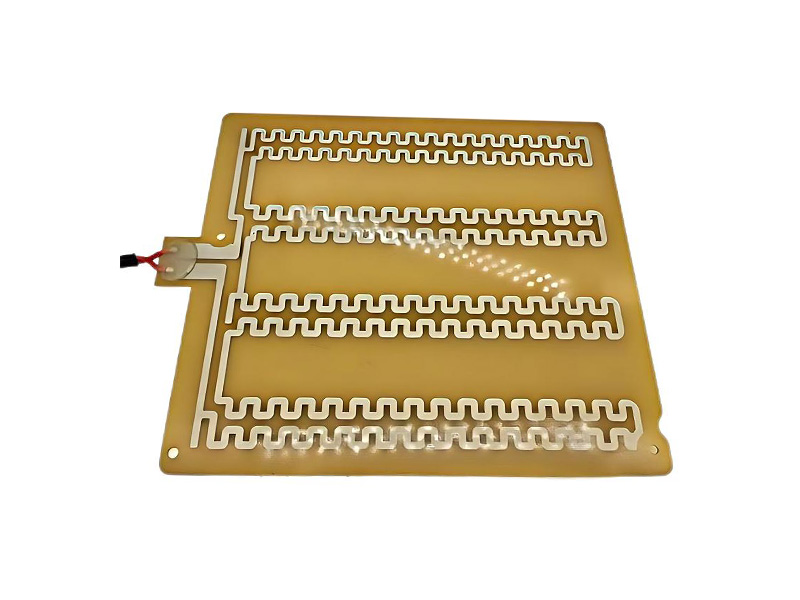

We offer a wide variety of high-efficiency heaters and heating element.Such as polyimide/kapton heaters,silicone rubber heaters,PET transparent heaters, thick film heaters,PTC heaters, mica heaters,epoxy resin heaters and graphene heating film.